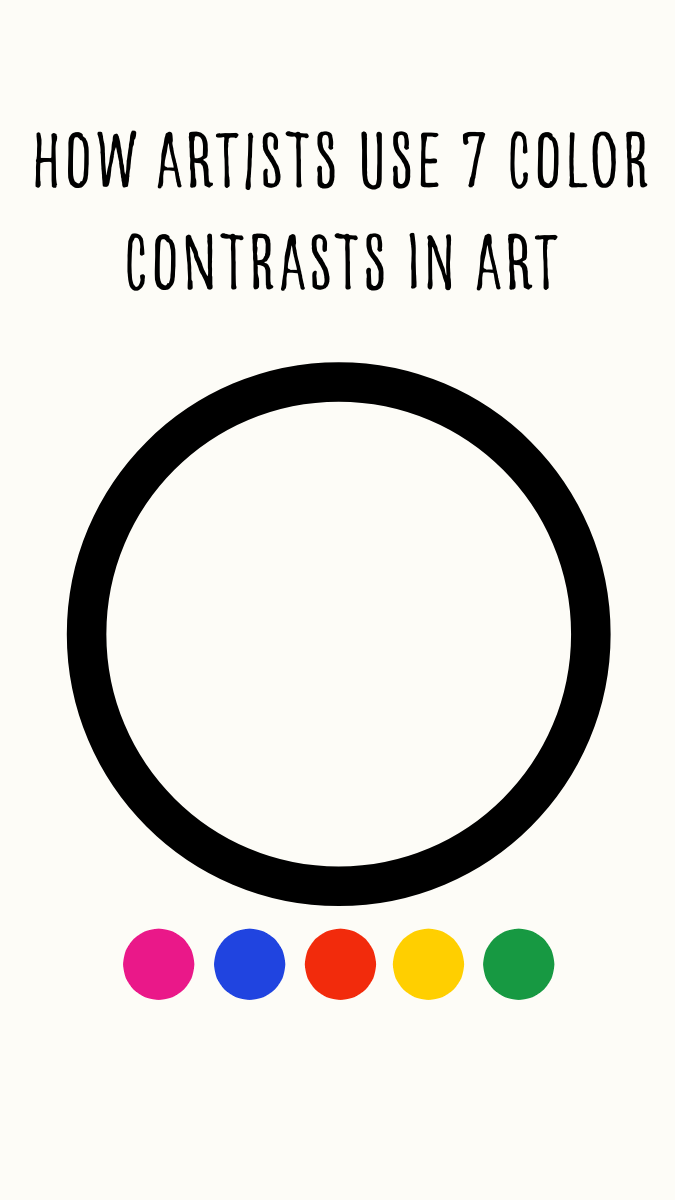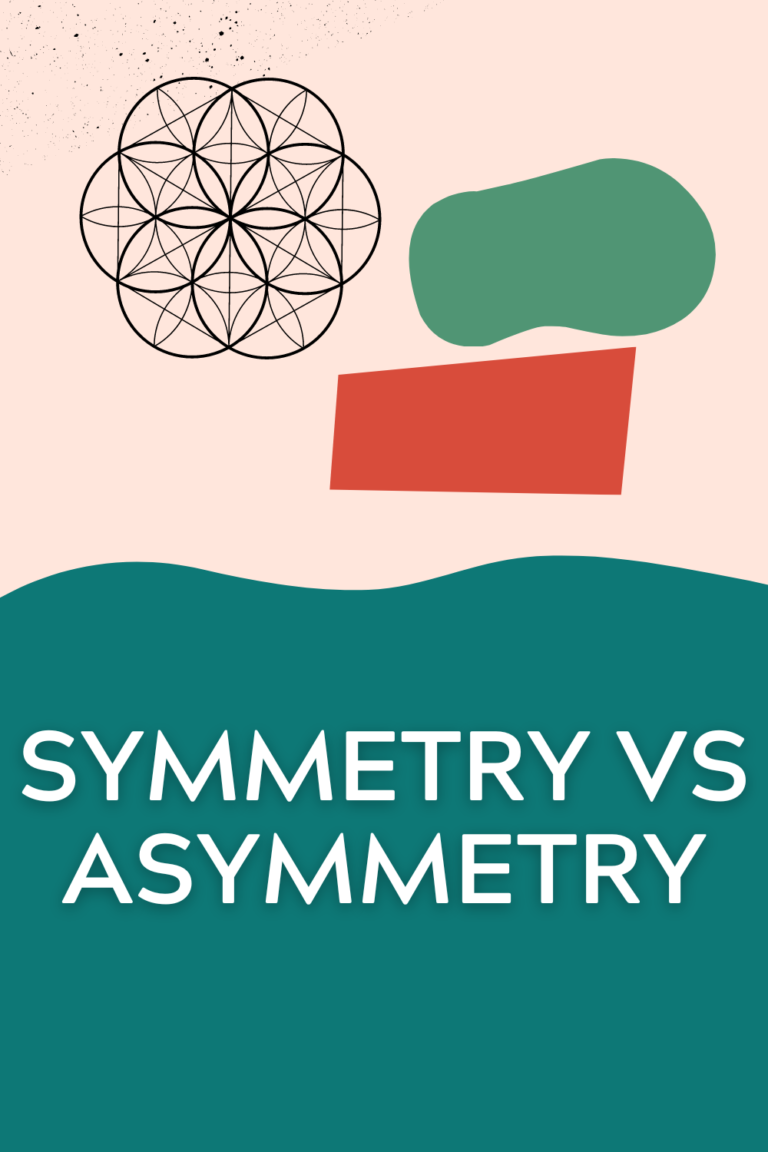Today, we will wrap up by exploring the 7 color contrasts in art.
Johannes Itten (1888-1967), a Swiss expressionist painter and teacher, developed the principles of color contrast and played a significant role in the development of color theory in the 20th century. We have already discussed two of his color contrasts—complementary and simultaneous color contrast—in previous articles.
Now, let’s explore the remaining 5 color contrasts:
- Contrast of Hue
- Contrast between Light and Shadow (Value)
- Contrast of Saturation
- Contrast of Cold and Warm Colors
- Complementary Contrast
- Simultaneous Color Contrast
- Contrast of Proportion
1: Contrast of Hue
The most intense contrast in hue is achieved by placing the three primary colors—red, yellow, and blue—side by side. When using secondary colors (orange, violet, green) and tertiary colors (blue-green, blue-violet, yellow-green, yellow-orange, red-violet, red-orange), the contrast becomes milder. Additionally, adding black will make the colors appear lighter while using white will make them appear darker.
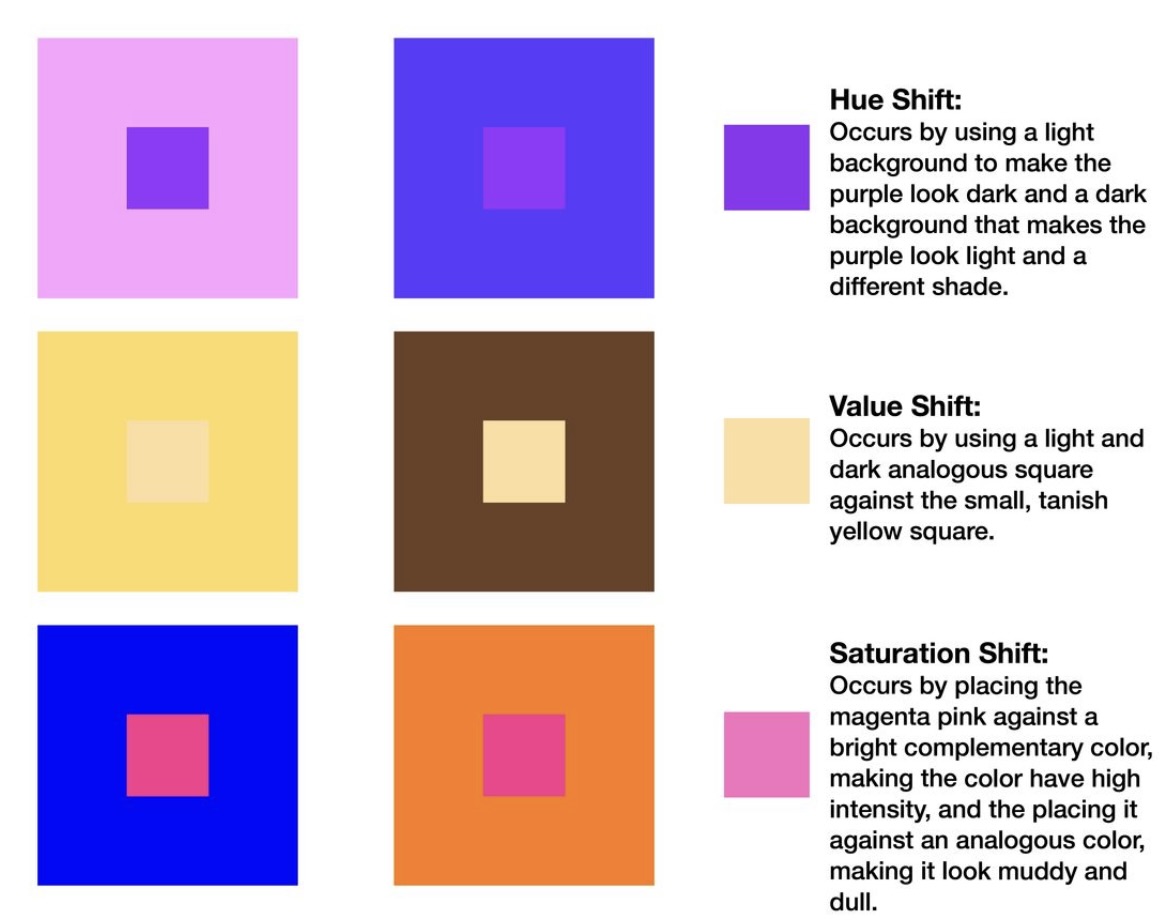
2: Contrast between Light and Shadow (Value)
Using a combination of black and white creates the most extreme color contrast. This technique, known as chiaroscuro, has been employed in various artistic styles, including Chinese and Japanese ink drawings and the works of old masters like Rembrandt.
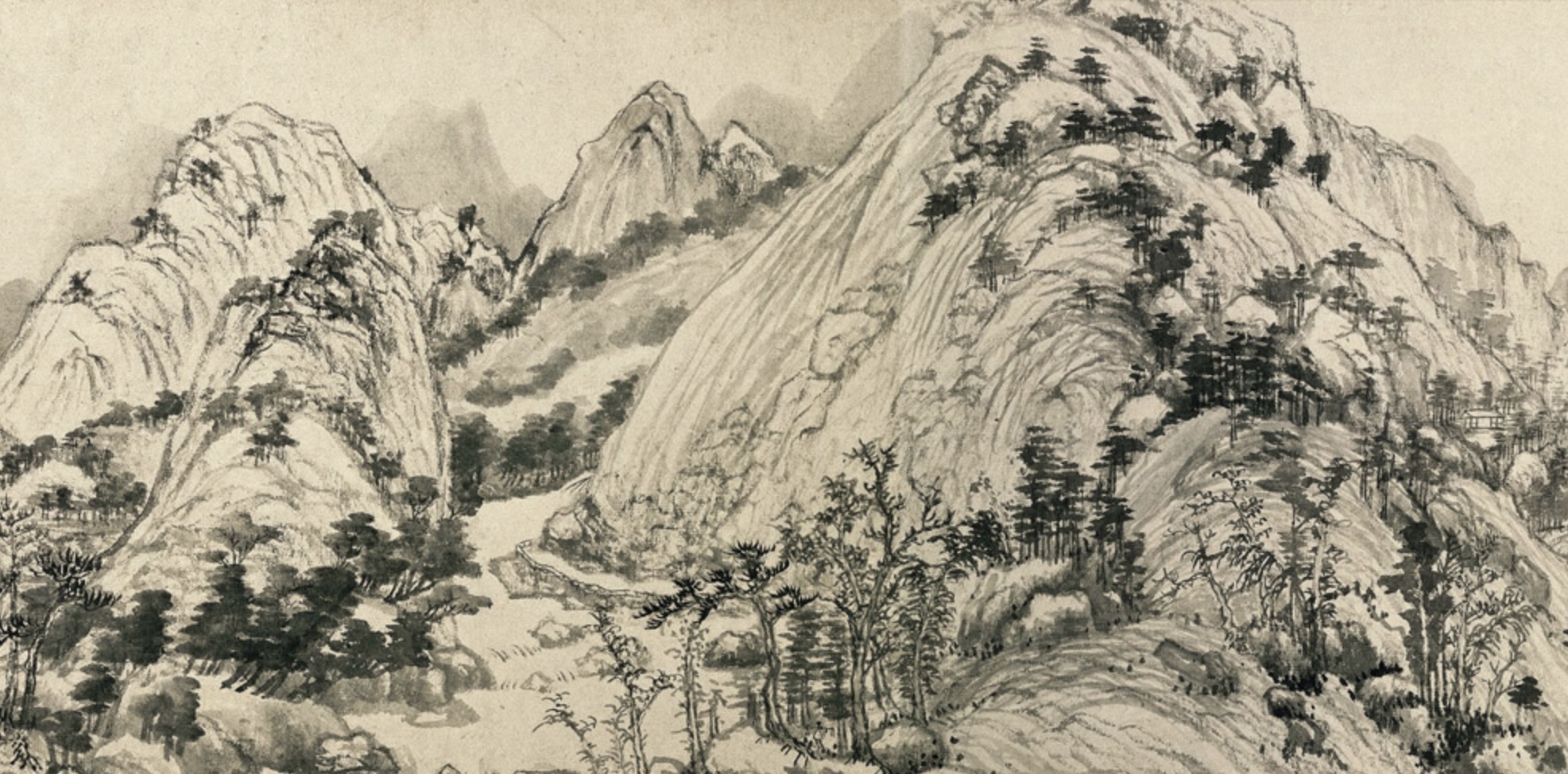
3. Contrast of Saturation
The brightness of a color is always relative to the color surrounding it. The same color will appear brighter when surrounded by duller colors, while it will appear duller when surrounded by brighter colors.
4: Contrast of Cold and Warm Colors
The division between warm and cold colors is evident on the color wheel. The half of the wheel filled with reds, yellows, and browns represents warm colors, while the blues, greens, and purples represent cold colors. This color contrast is particularly useful in depicting the depth of space, as seen in many landscape paintings.
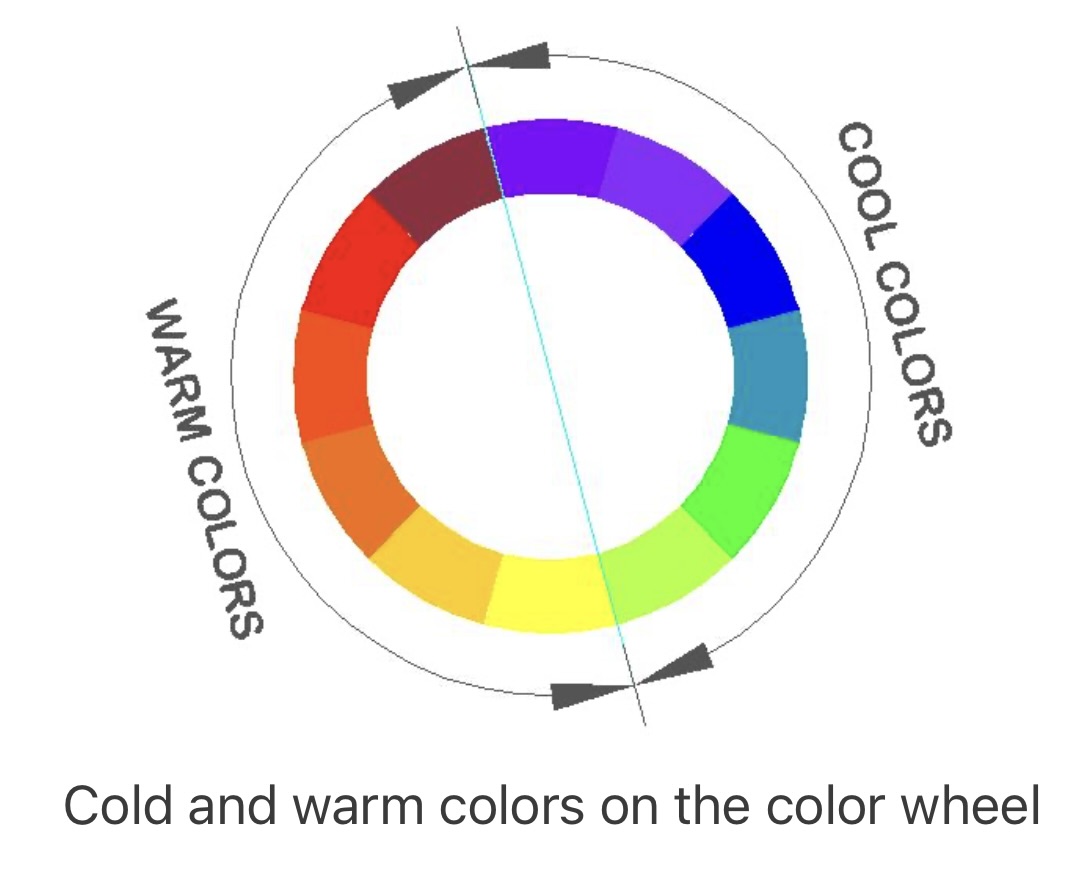
5: Complementary Contrast
For an explanation of complementary colors, please refer to the previous post.
6: Simultaneous Color Contrast
Please check out the previous post on simultaneous color contrast for more information.
7: Contrast of Proportion
When creating a harmonious composition in artwork, artists need to determine which color to use in larger areas compared to other colors. A common application of this contrast is using a small amount of a color you want to emphasize, such as yellow in a sea of blues and greens in this painitng of French artist Georges Seurat.
To see who this artist is and his important role in art histoty, click the link: French artist Georges Seurat
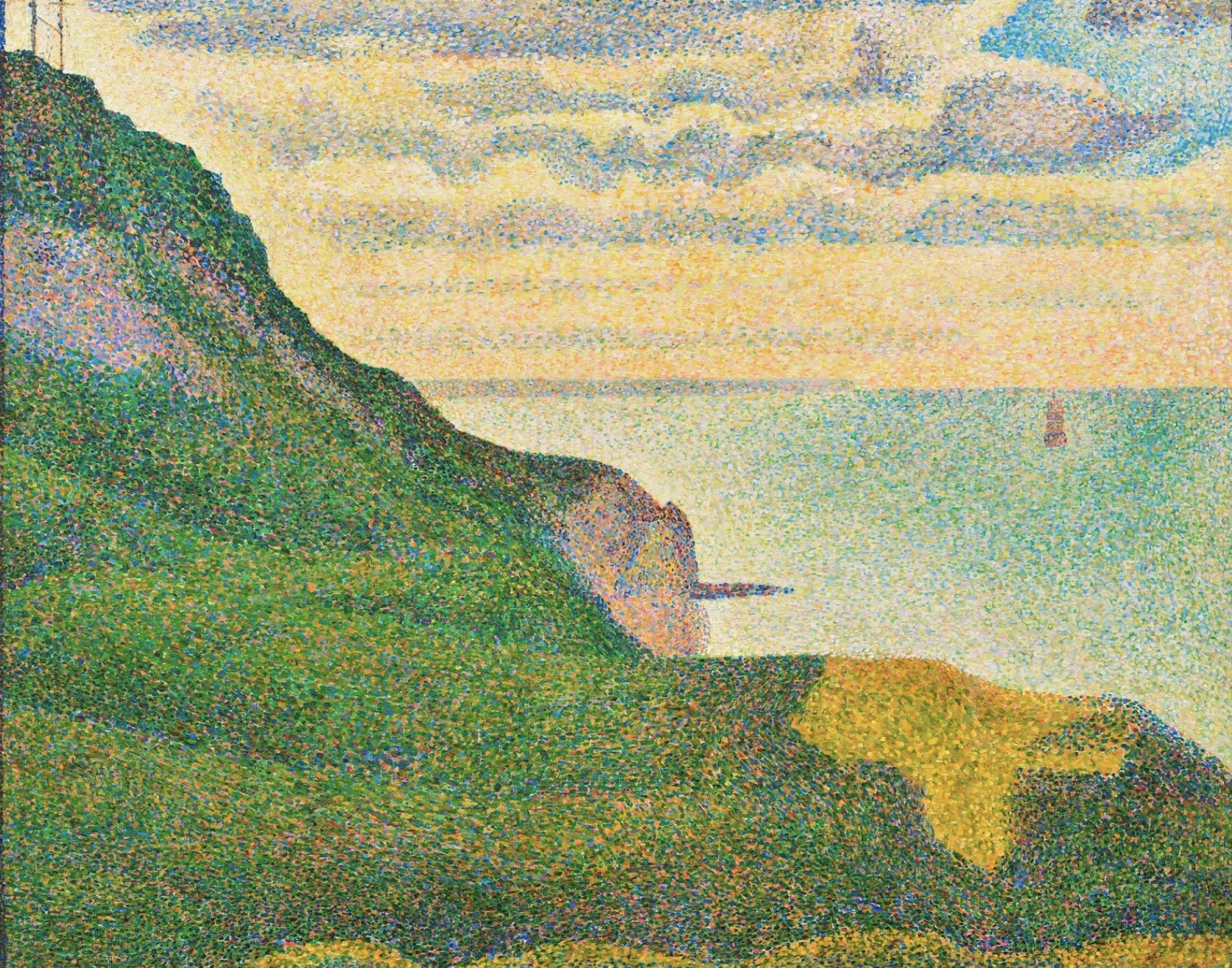
I hope this post provides you with helpful insights. Please leave a comment sharing your thoughts—I would greatly appreciate it! Last, check out this post about how to layering colors: https://yingmclane.com/lesson-8-layering-your-colors/
Until next time, keep painting and creating!
Your artist friend,
Ying

